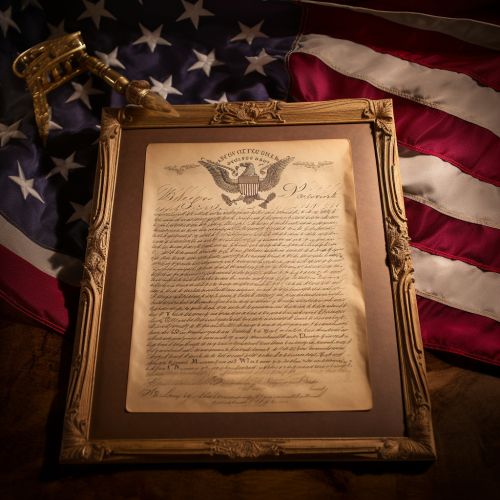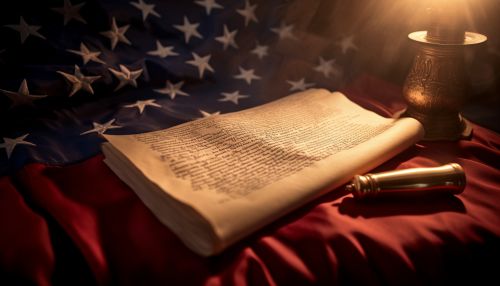Second Amendment to the United States Constitution
Introduction
The Second Amendment is a part of the Bill of Rights, which was ratified on December 15, 1791. The amendment protects the right of individuals to keep and bear arms.


Text
The Second Amendment is composed of two clauses: the prefatory clause and the operative clause. The prefatory clause, "A well regulated Militia, being necessary to the security of a free State," introduces the operative clause, "the right of the people to keep and bear Arms, shall not be infringed."
Interpretation
The interpretation of the Second Amendment has been a topic of intense debate. This debate centers around whether the right to bear arms is an individual right, or a collective right intended to protect state militias.
Individual Right
Those who interpret the Second Amendment as protecting an individual right argue that the "right of the people" refers to individual rights, as it does in other parts of the Constitution. They assert that the amendment protects an individual's right to own and carry firearms, independent of service in a militia.
Collective Right
On the other hand, those who interpret the Second Amendment as protecting a collective right argue that the amendment's prefatory clause ("A well regulated Militia, being necessary to the security of a free State") indicates that the right to bear arms is tied to service in a state militia.
Legal History
The legal history of the Second Amendment involves numerous court cases and legal interpretations. Key cases include United States v. Cruikshank (1876), United States v. Miller (1939), and District of Columbia v. Heller (2008).
United States v. Cruikshank
In United States v. Cruikshank, the Supreme Court ruled that the Second Amendment does not bar state regulation of firearms. This decision established the precedent that the protections of the Second Amendment apply only to the federal government.
United States v. Miller
In United States v. Miller, the Supreme Court upheld a federal law requiring the registration of certain types of firearms. The Court ruled that the Second Amendment does not guarantee an individual's right to own a firearm unless it has a reasonable relationship to the preservation or efficiency of a well-regulated militia.
District of Columbia v. Heller
In District of Columbia v. Heller, the Supreme Court ruled that the Second Amendment protects an individual's right to possess a firearm for self-defense within the home. This decision marked a significant shift in Second Amendment interpretation, affirming the individual rights interpretation.
Impact and Influence
The Second Amendment has had a profound impact on American society and law. It has influenced legislation, court cases, and debates on gun control and individual rights.
See Also
- Gun politics in the United States
- Firearm case law in the United States
- History of the United States Constitution
